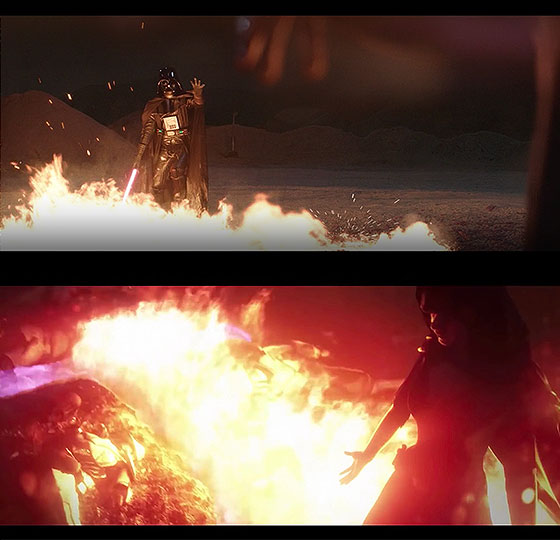Disney+’s Obi-Wan Kenobi series recently concluded, and I’ve come away from it with a few thoughts I’d like to share. Given the focus of this blog, I do want to touch on its connections and shared themes with SWTOR, but let’s start with a review of the series as a whole. I can’t promise to avoid spoilers, so if you haven’t seen the show and want to go in fresh, feel free to skip this post.
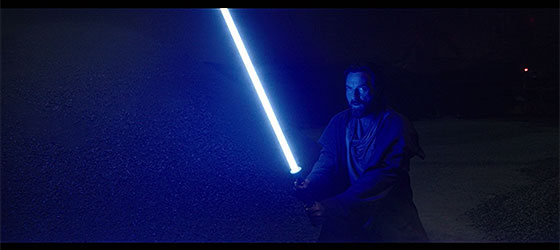
Overall, I very much enjoyed the show, and rate it the best of Disney+’s live action Star Wars endeavors. Ewan McGregor is one of Star Wars’ most charismatic actors and seeing him slip back into the role of Ben Kenobi again (or maybe for the first time) was an absolute pleasure. And while it takes a while before we see it, I think it’s fair to call Hayden Christiansen a familiar face as well, and it is cool at long last to see him get his due as Darth Vader. The showdowns between their two characters do a good job splitting the difference between the “Super Saiyan” Darth Vader of Rogue One and the “Old Men Waving Sticks at Each Other” from A New Hope. To me, the show’s version of Vader elides very well indeed with his depictions in the movies.
I also want to compliment Moses Ingram’s performance as Reva, the Third Sister. Star Wars villains tend to fall into two catagories: moody adolescents and somewhat campy old men. Reva is rather different. She is consumed by pure, barely-controlled rage that she inflicts on everyone in her path, innocent victim and supposed ally alike. Reva clearly got dealt a raw deal. She hates the universe and wants to pay it back in kind. Ingram put all of that right there on the surface, but doesn’t go over the top with it, so that when the time comes, and Reva sees where all this hate has left her, it is an affecting moment. I don’t think that’s an easy thing to pull off.
I’ve often thought that there was potential for Obi-Wan stories that could be told of his exile on Tatooine. I mainly thought these would be tales about Old Ben and Young Luke having a Lone Wolf and Cub style adventure. Instead Obi-Wan Kenobi gave me something I didn’t know I wanted: an Old Ben and Young Leia adventure, and the interactions between the two characters are, by far, the best part of the show. Leia being exactly the sassy, troublemaker I’d have expected her to be at that age was a delight, and she serves as the perfect antidote to Ben’s regret-laden cynicism that I’m not sure even Luke could match.
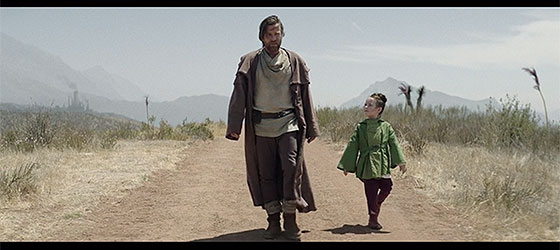
On the negative side, I wonder if this story started out as a movie and not a series. I think there is a thrilling and tight two hour movie in here, but as a six episode series, if feels padded out. You can see the show straining against its limitations compared to a movie. The hanger rescue at the end of episode four is a good example, since it compares poorly to similar sequences from The Force Awakens and Rise of Skywalker. With more time, resources, stuntwork and planning, it might’ve been a spectacular set piece, but instead it was staged about as blandly as you might expect of a “TV show” cutting corners and filling out its season before the big finale.
I’d also argue that parts of the plot are driven along by happenstance a bit more than necessary. The show’s very last story beat was made possible because Reva happened upon the holo-transmitter that happened to have been dropped by Haja and that happened to reveal the location of Luke Skywalker that Bail Organa happened to recklessly reveal to Obi-Wan who already knew that information. Rather than have Reva organically discover Luke herself, his location is just handed to her out of the blue. It strikes me as sloppy storytelling.
There are also issues of continuity, but if I’m being honest, I don’t care. Continuity is a tool, not a straightjacket, and retcons are part and parcel of telling stories in shared spaces. I think it is fair to strategically ignore minor plot points from one story so that they can be explored fully in another. Much hay has been made from calling Star Wars “modern mythology”, but all folklore, from the heroes of ancient Greece to the Knights of the Round Table to the cowboys and Indians of the American West, are stories told by different people in different places and different times. Telling old stories in new ways from new perspectives is the very definition of folklore, so I’m not going to be bothered by inconsistencies in movies and TV shows separated by decades.
Yet if the show drags in places, it does, unlike the Book of Boba Fett, make up for it in ways that a tighter, streamlined version of this story would likely have had to gloss over. For example, I’m very glad that the show got to spend time showing Bail and Breha and Owen and Beru being loving parents to Leia and Luke. Those relationships are footnotes in the original movies, but they are just as, if not more important, as the twins’ blood ties to Vader.
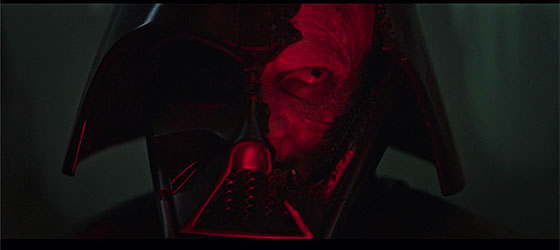
Most importantly, I think Obi-Wan Kenobi‘s finale stuck the landing. The climatic confrontation was strong both as a duel of Force users, but also an emotional conflict between brothers turned enemies. At first I thought maybe they’d cribbed a bit too much from Ahsoka’s battle with Vader in Star Wars: Rebels, but the way Anakin’s voice intermingled with Vader’s as he told Ben “You didn’t kill Anakin Skywalker. I did.” was a punch to the gut, and this scene alone makes this story a worthy addition to Star Wars lore.
The show ends with a couple of moments that I might consider to be fan-service if they weren’t so well earned. Liam Nesson is the best part of The Phantom Menace, and his brief appearance is a welcome resolution to Ben’s arc from the very first episode. And meme or not, I must tip my hat to the show for its perfect deployment of the line “Hello there.”
From Kenobi to Beniko
Finally, I think it might be fun to look at the show from the perspective of a SWTOR player. Certainly this adventure leaves little doubt that Obi-Wan is a Sage, and as someone who has mained a Sage since launch, I sure would like to pull off some of his moves in the game. No more pebbles, Bioware, only boulders!
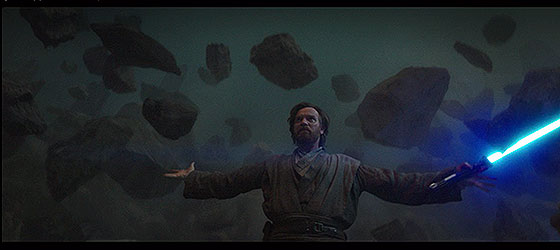
There are striking visual and conceptual parellels between Vader’s battle with Obi-Wan in episode three and Vaylin’s confrontation with Senya in SWTOR’s Betrayed cinematic. Both Anakin and Vaylin were robbed of their childhoods and came into their own broken and betrayed by those who should have nurtured them. Like Obi-Wan, Senya is consumed by her regrets and failure to protect her children. It takes more than being one with the Force to raise a kid in this screwed up galaxy, it seems.
Unlike, Vader, Vaylin’s story may not be over just yet, so I’m curious to see how much like the Dark Lord of the Sith she truly becomes.
Obi-Wan Kenobi, like so much Star Wars lore, explores stories of characters struggling to become who they are in a world where it’s not always clear if the Force is with you or it serves you. Are Reva and Lana Sith? Are Ahsoka and Sa’har Jedi? And should those labels matter?
These questions can be the foundations of interesting stories. And that is kind of why I love Star Wars.

